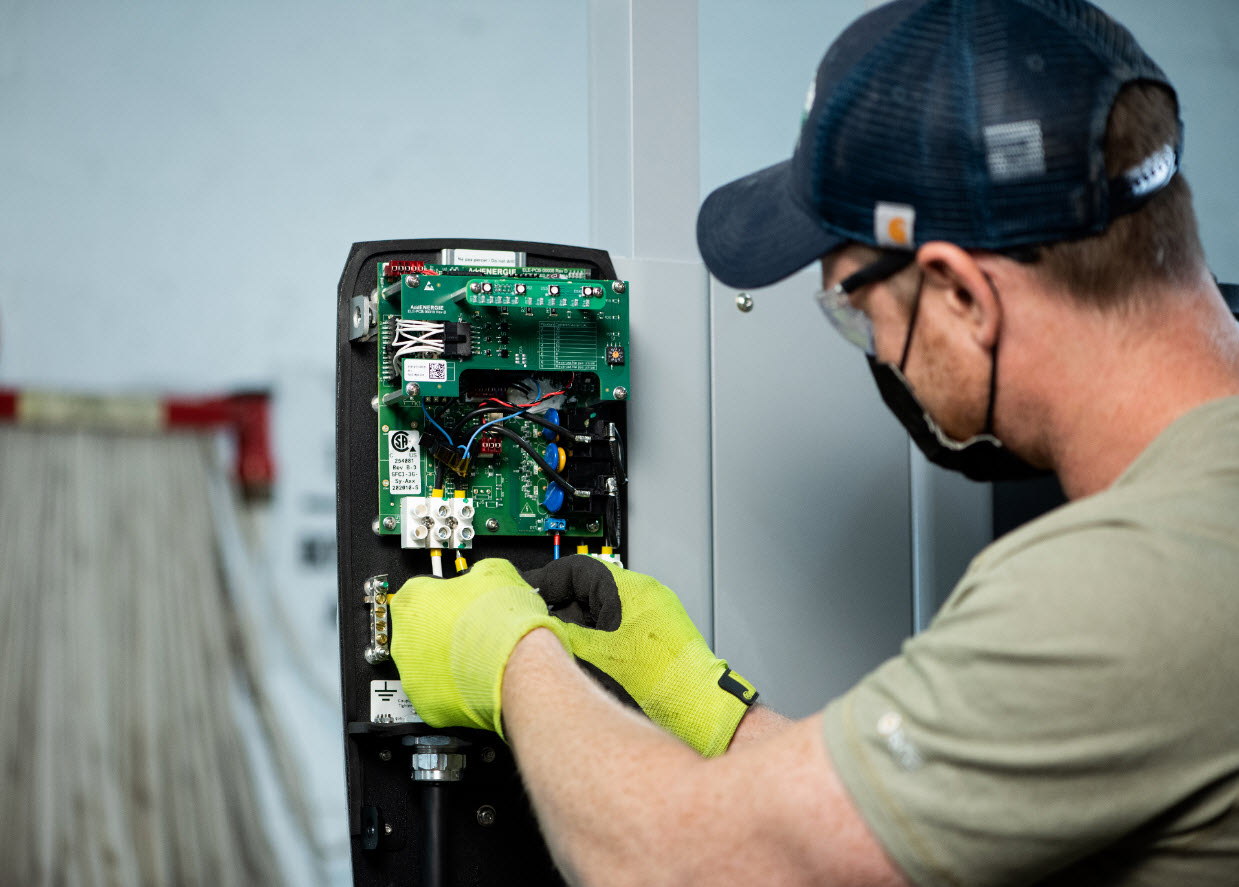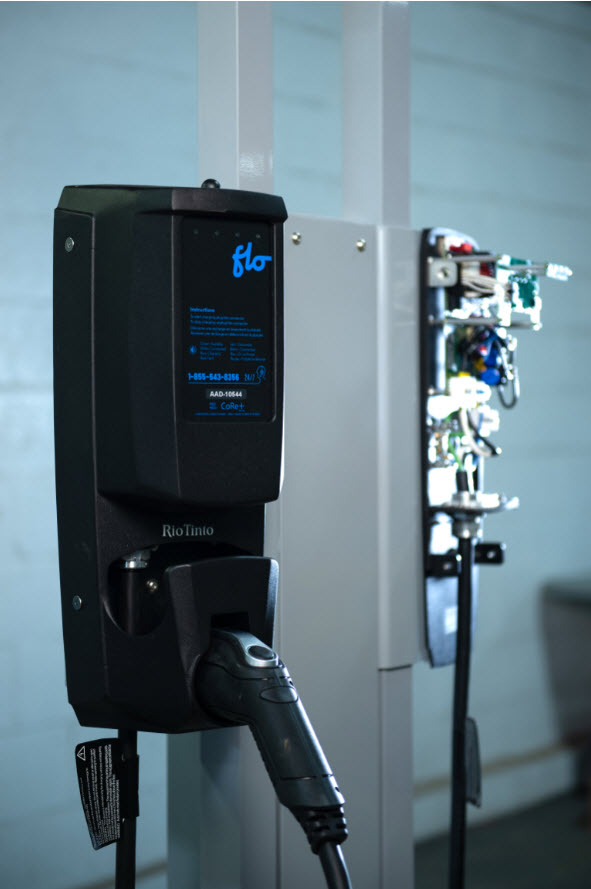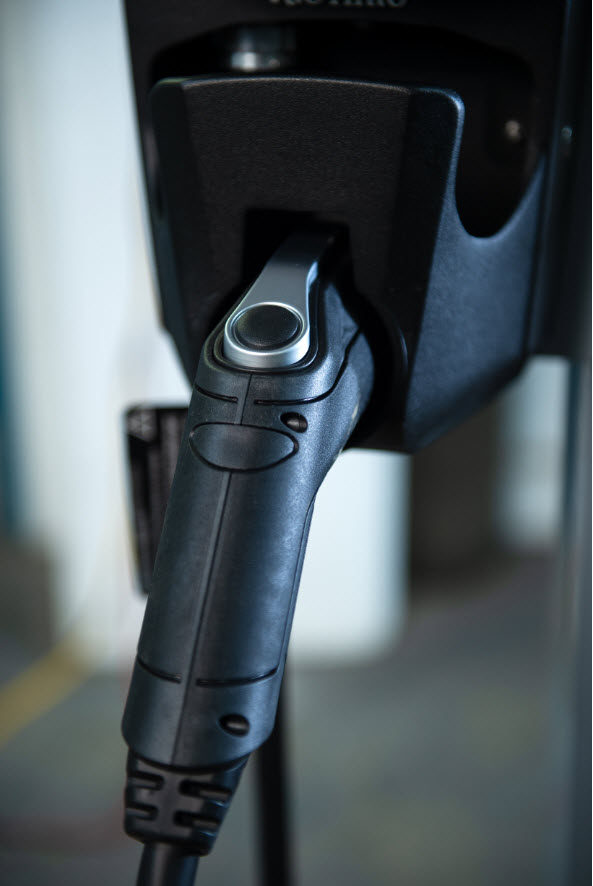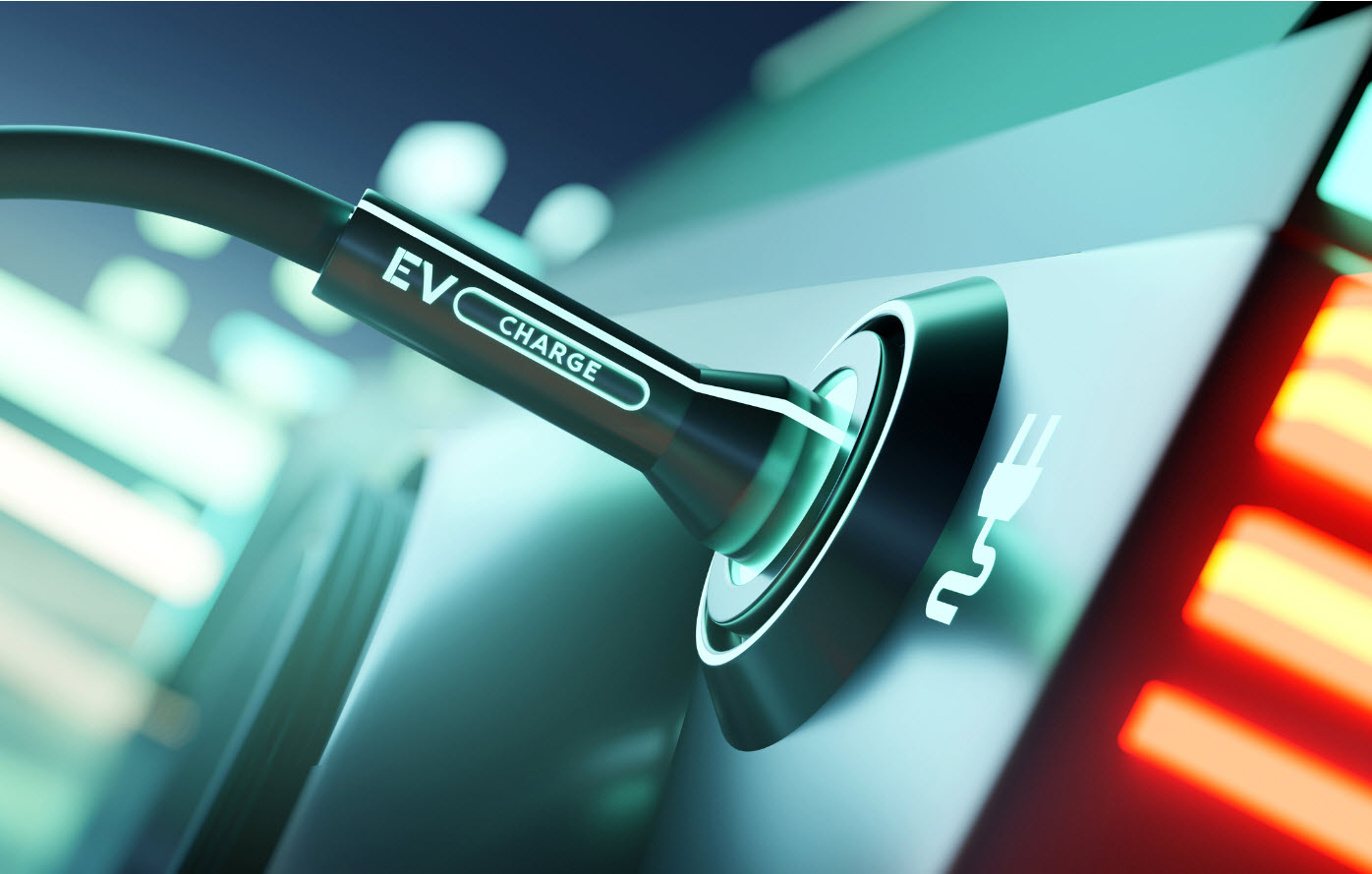Is an electric vehicle in your future? Since the Government of Canada set its ambitious and mandatory target that 100 per cent of car and passenger truck sales be zero emissions by 2035 chances are pretty likely.
But unlike gasoline-powered vehicles, it is important to understand how charging works, take into account where you’ll primarily be charging your car (i.e. at home, work, or a public charger), and what steps to take to install a home charger.
First, let’s take a look at the different types of charging stations
Electric vehicles can be recharged at different speeds depending on the capacity of the vehicle’s battery. Charging capacity can be divided into three categories:
- Level 1 chargers are basic, portable and come with the car; no electrical service upgrade needed. It involves plugging in a standard cord into a wall socket at home. This is the slowest level of charging (120 Volts/15 Amps) with approx 8km range per hour of charging;
- Level 2 charging is the most common. These chargers can be installed in a home or commercial facility by licensed electricians. They charge faster than Level 1 (240 Volts/30 Amps) with approx. 35 km range per hour of charging; and
- Level 3 charging or direct current (DC) is the fastest level of charging (400 Volts/100 Amps). Level 3 stations charge a battery from empty to 80 per cent in 30 - 45 minutes with approximately 250 km range per hour of charging.
Second, where will you charge your EV?
While most EV charging occurs at home and 85 per cent of current EV owners in Canada live in single-family residences with dedicated parking, you can recharge your EV at publicly available charging stations or at your workplace.
In support of the transition to electric vehicles, Ottawa recently added 24 new on-street charging stations across the city, each equipped with two level 2 chargers which provide 35 - 45 km per hour of charging at a cost of $2 per hour.
There are more than 1,700 public charging stations with more than 5,000 charging ports in Ontario - and more are being added every day. These charging stations are typically located in or close to major attractions, restaurants, shopping mall parking lots, businesses and municipal properties for in-city travel, while Level 3 or fast-charging stations are generally located along highways and other major roadways to ease inter-city travel for EV drivers.
Across Canada, there are almost 7,000 public charging stations, many of which are Level 3 fast-chargers. To find a public charging station in Ottawa, other cities or along your route, visit any of these sites:
- PlugShare
- A Better route Planner
- ChargeHub
- Canadian Automobile Association’s (CAA) Electric Vehicle Charging Station Locator
Third, how do you prepare for charging at home?
Once you’ve decided to install a Level 2 EV charging station in your home, remember:
- You must hire a Licensed Electrical Contractor to install the charging station and to ensure that the installation complies with all regulations under the Ontario Electrical Safety Code;
- You should make sure that the installer takes out a permit with the Electrical Safety Authority (ESA) before starting the installation of your EV charging station;
- You should confirm that all the installed equipment is certified for use in Canada by a nationally recognized certification agency – CSA, cUL, cETL – or displays other certification marks approved by the ESA ; and
- You and/or your contractor will receive a Certificate of Inspection from the ESA once the installation is deemed in compliance with the Ontario Electrical Safety Code.
For more information about EV charging station installation, visit the Electrical Safety Authority website.
Lastly, determine when you’ll charge to maximize your savings
The cost of charging your electric vehicle depends on the EV battery size and when you charge it. If you have a time-of-use plan with your utility company, the electricity you use during off-peak hours can cost considerably less than if you are using it at peak hours.
Loren McDonald of EVAdoption believes that most of us still think about recharging electric vehicles the same way we think about refueling gasoline vehicles. That mindset needs to change, he says. “For your everyday use, between 90 and 95 per cent of your charging is done at home, overnight while you’re asleep.”
In an interview we had with McDonald last year, he said: “Quite simply, charging your electric vehicle is more like how you charge your smartphone than how you refuel your gas car. A lot of consumers have this perception that recharging their EV should be the same experience as going to a gas station, but it’s not until you own one and drive it a lot that you realize that no, it’s actually more like a smartphone that you plug in at night.” McDonald says that the only time it’s comparable to a gas car is when you go on that summer road trip.
To read more about our interview with Loren McDonald, his views on the rollout of public street charging, and to learn how we are preparing Ottawa’s grid to accommodate, visit our blog here.
Looking to charge up your knowledge of electric vehicles? Check out the EV Experience website.




